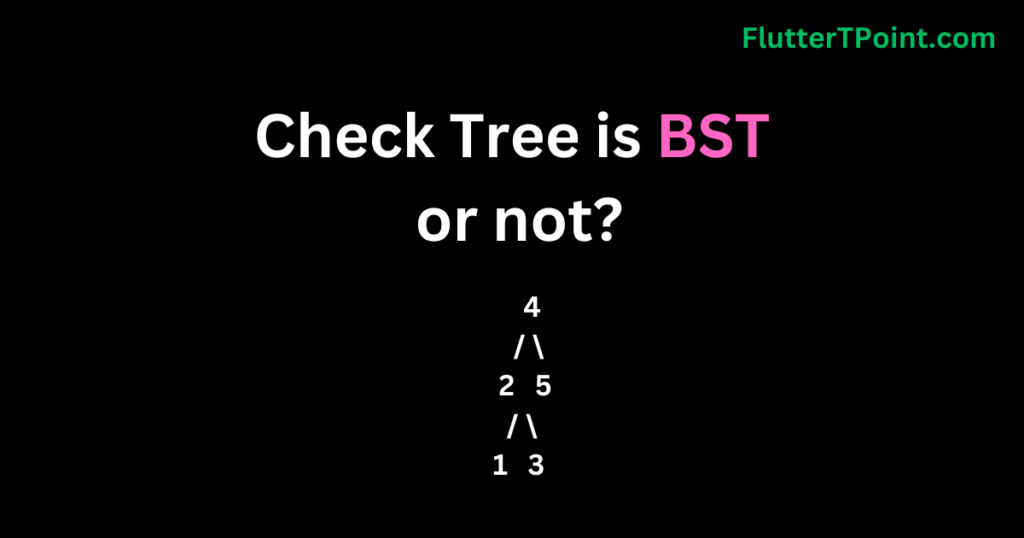To Find the union and intersection of two sorted arrays is a common problem in programming, particularly when dealing with sets of elements. The union of two sets represents the combined elements from both sets, while the intersection represents the elements that are common to both sets.
The approach used in the provided example takes advantage of the fact that the arrays are sorted, allowing for an efficient solution. By comparing elements from both arrays, the algorithm determines the union and intersection by iterating through the arrays simultaneously.
Find the Union and Intersection of the two sorted arrays
To find the union and intersection of two sorted arrays, you can use a simple approach that leverages the sorted nature of the arrays. Here’s an example implementation in Java:
import java.util.ArrayList;
import java.util.List;
public class UnionIntersection {
public static List<Integer> findUnion(int[] arr1, int[] arr2) {
List<Integer> union = new ArrayList<>();
int i = 0, j = 0;
int n = arr1.length, m = arr2.length;
while (i < n && j < m) {
if (arr1[i] < arr2[j]) {
union.add(arr1[i]);
i++;
} else if (arr1[i] > arr2[j]) {
union.add(arr2[j]);
j++;
} else {
union.add(arr1[i]);
i++;
j++;
}
}
// Add remaining elements from arr1, if any
while (i < n) {
union.add(arr1[i]);
i++;
}
// Add remaining elements from arr2, if any
while (j < m) {
union.add(arr2[j]);
j++;
}
return union;
}
public static List<Integer> findIntersection(int[] arr1, int[] arr2) {
List<Integer> intersection = new ArrayList<>();
int i = 0, j = 0;
int n = arr1.length, m = arr2.length;
while (i < n && j < m) {
if (arr1[i] < arr2[j]) {
i++;
} else if (arr1[i] > arr2[j]) {
j++;
} else {
intersection.add(arr1[i]);
i++;
j++;
}
}
return intersection;
}
public static void main(String[] args) {
int[] arr1 = {1, 3, 4, 5, 7};
int[] arr2 = {2, 3, 5, 6};
List<Integer> union = findUnion(arr1, arr2);
System.out.println("Union: " + union);
List<Integer> intersection = findIntersection(arr1, arr2);
System.out.println("Intersection: " + intersection);
}
}
Output:
Union: [1, 2, 3, 4, 5, 6, 7]
Intersection: [3, 5]
Let’s go through the code step by step:
- The
findUnionmethod takes two sorted integer arrays,arr1andarr2, as input, and returns a list containing the union of the two arrays. - We initialize an empty list called
unionto store the elements of the union. - We use two pointers,
iandj, to traversearr1andarr2respectively. - While both pointers are within the bounds of their respective arrays, we compare the elements at the current positions of the pointers.
- If the element in
arr1is less than the element inarr2, we add the element fromarr1to theunionlist and incrementi. - If the element in
arr1is greater than the element inarr2, we add the element fromarr2to theunionlist and incrementj. - If the elements are equal, we add the element to the
unionlist and increment both pointers. - After the loop, if there are any remaining elements in
arr1, we add them to theunionlist. - Similarly, if there are any remaining elements in
arr2, we add them to theunionlist. - The
findIntersectionmethod is similar tofindUnion, but instead of adding elements to theunionlist, it adds them to theintersectionlist when the elements are equal. - In the
mainmethod, we create two example arrays,arr1andarr2, and call thefindUnionandfindIntersectionmethods. - We then print the resulting
unionandintersectionlists.
Time Complexity and Storage:
The time complexity of finding the union and intersection is O(n + m), where n and m are the lengths of the input arrays. This is because the algorithm performs a single pass through both arrays, comparing and processing each element once. The complexity is linear and directly proportional to the total number of elements in the arrays.
The space complexity of the example is O(k), where k represents the number of elements in the union or intersection. In the worst case, where there are no common elements, the size of the union is n + m, resulting in a space complexity of O(n + m). However, if the arrays have many common elements, the size of the intersection will be smaller, resulting in a lower space complexity.
Overall, the provided solution offers an efficient way to find the union and intersection of two sorted arrays, with a time complexity of O(n + m) and a space complexity of O(k).
Suggestions:
Factorial of a Number Full Explanation With Examples
Check Tree is a BST or not Full Explanation
Postorder Traversal in Binary Search Tree With Full Explanation
Preorder Traversal In Binary Search Tree Full Explanation With Example
Inorder Traversal in Binary Search Tree Full Explanation
Binary Search Tree Traversal With Full Examples And Explanation
Difference Between Binary Tree and Binary Search Tree With Complete Examples
Searching in Binary Search Tree With Full Explanation
Binary Search Tree With Full Explanation And Examples
Minimize the maximum difference between heights
Write a program to cyclically rotate an array by one
Find the Union and Intersection of the two sorted arrays
Move all the negative elements to one side of the array
Next Permutation in c++ || FlutterTPoint With examples
Kth max and min element of an array
Kadane’s Algorithm In JavaScript With Example
Find the Maximum and Minimum element in an Array
Sorting An Array In JavaScript












